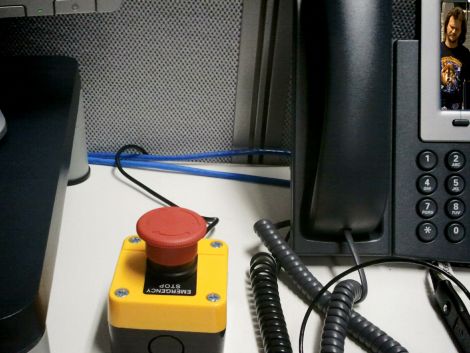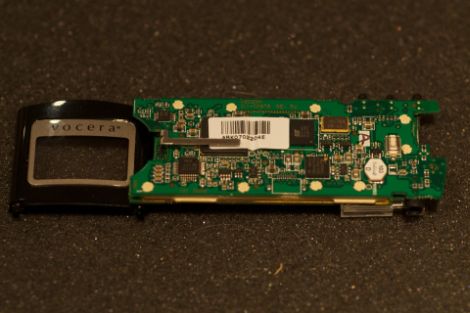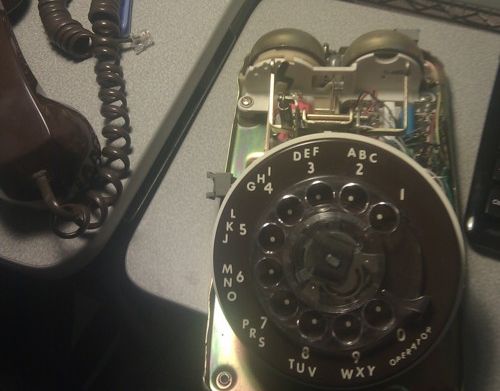We’re not sure why this use didn’t immediately come to mind when we got our hands on a Raspberry Pi board, but the hardware is almost perfect as a PBX system. PBX, or Private Branch Exchange, is basically an in-house phone system. This guide which [Ward] put together shows you how to do some interesting things with it.
When talking about PBX setups the most common software package is Asterisk. That’s what’s at work here, rolled up with a bunch of other helpful software in an RPi targeted distro called Incredible PBX. All it takes to get up and running is to partition and burn the image to an SD like any other RPi distro. The configuration ends up being most of the work, starting with changing the default password, and moving on to customizing the environment to match your phone numbers and your needs. As with PBX setups on other embedded Linux devices, Google Voice is your best friend. The service will set you up with a free phone number.
This guide doesn’t delve into hardware connected hand sets. You’ll need to use a SIP phone. But that’s easy enough as there are free apps for most smart phones that will do the trick.
[Thanks Jamie]

















